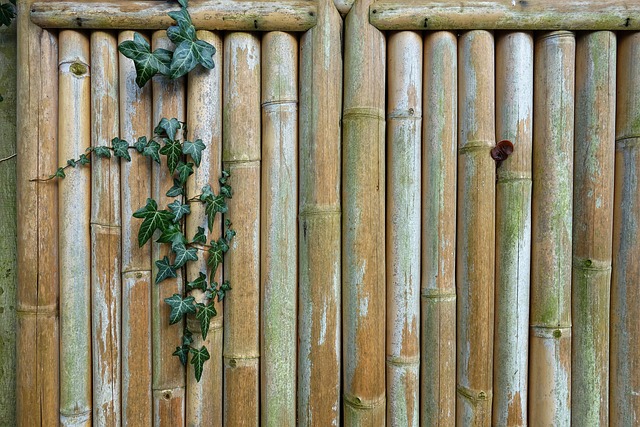In New Bedford, Massachusetts, the pursuit of eco-friendly solutions is gaining momentum, and fencing materials are no exception. This article explores the growing trend of sustainable fencing options and their numerous benefits for both homeowners and the environment. From recycled plastic to organic wood, we delve into the diverse eco-friendly fencing choices available in New Bedford. By adopting these materials, residents can contribute to local environmental stewardship while enhancing the aesthetics and value of their properties.
- Eco-Friendly Fencing Options in New Bedford
- Benefits of Sustainable Fencing Materials
- Installation and Longevity of Green Fences
- Local Impact: Promoting Environmental Stewardship
Eco-Friendly Fencing Options in New Bedford
New Bedford, MA, residents now have a growing array of eco-friendly fencing options to choose from, aligning with the city’s commitment to sustainability and environmental conservation. Traditional materials like wood, metal, and vinyl are being challenged by innovative alternatives that offer both aesthetic appeal and ecological benefits.
One prominent choice is recycled plastic fencing, which utilizes post-consumer waste to create durable, low-maintenance barriers. These products not only reduce landfill waste but also provide a long-lasting solution for properties seeking to minimize their environmental impact. Another option is natural, organic fencing materials like bamboo or hemp, which offer rapid growth and renewability, making them sustainable choices that contribute to a greener New Bedford.
Benefits of Sustainable Fencing Materials
In an era where environmental consciousness is on the rise, opting for sustainable fencing materials offers a range of benefits for both homeowners and the local ecosystem in New Bedford, MA. These eco-friendly alternatives not only contribute to a greener environment but also provide long-lasting solutions for property boundaries. One significant advantage is their reduced environmental impact; unlike traditional fences made from treated wood or metal, which often involve harmful production processes and can end up as waste, sustainable materials are typically renewable, recyclable, or both.
Additionally, these innovative fencing options can enhance the overall aesthetic appeal of a property while promoting biodiversity. Many sustainable fence materials, such as bamboo or recycled plastic, offer unique textures and visual interests that can complement various architectural styles. Moreover, they provide an opportunity to support local businesses and contribute to the circular economy by reducing the demand for new resources and minimizing construction waste.
Installation and Longevity of Green Fences
The installation process for eco-friendly fences can vary depending on the material chosen, but they are generally more straightforward and environmentally conscious than traditional fencing options. Many green fence materials, such as recycled plastic or natural wood, can be installed using existing fence posts and hardware, reducing the need for extensive excavation and new materials. This method not only saves time and labor but also minimizes site disturbance, making it an ideal choice for areas with sensitive ecosystems or where maintaining biodiversity is a priority.
One of the key advantages of green fences is their longevity. Natural materials like wood, when treated properly, can last for decades with minimal maintenance. Recycled plastic fencing is equally durable, offering resistance to rot, rust, and pests, ensuring that your fence remains strong and secure over time. This longevity not only reduces the need for frequent replacements but also minimizes waste, contributing further to environmental sustainability.
Local Impact: Promoting Environmental Stewardship
In New Bedford, MA, adopting eco-friendly fencing materials goes beyond aesthetics; it has a profound local impact, fostering environmental stewardship within the community. By choosing sustainable options like recycled plastic, bamboo, or organic wood treated with non-toxic preservatives, residents contribute to reducing pollution and conserving natural resources. These materials often have longer lifespans compared to traditional fencing, minimizing waste and construction debris that ends up in landfills.
Moreover, eco-friendly fencing supports local ecosystems by providing habitats for wildlife and preserving biodiversity. In a city like New Bedford, surrounded by water and rich in maritime history, sustainable fencing practices can help maintain the ecological balance while enhancing the beauty of residential and commercial spaces. This collective effort not only beautifies neighborhoods but also educates residents about their role in protecting and preserving the environment for future generations.
